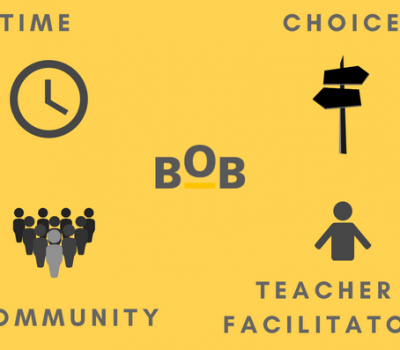


Our team sorts through all blog submissions to place them in the categories they fit the most - meaning it's never been simpler to gain advice and new knowledge for topics most important for you. This is why we have created this straight-forward guide to help you navigate our system.
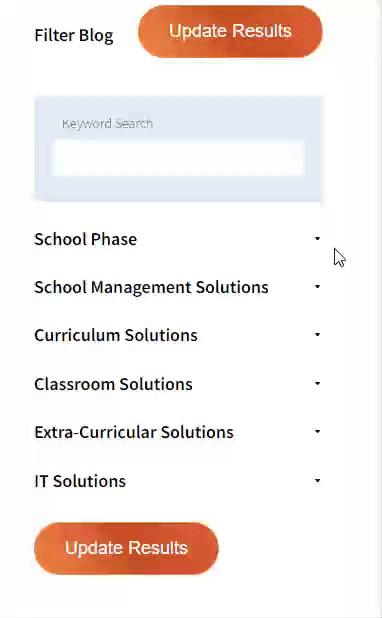

And there you have it! Now your collection of blogs are catered to your chosen topics and are ready for you to explore. Plus, if you frequently return to the same categories you can bookmark your current URL and we will save your choices on return. Happy Reading!
BOBs are Building Outside the Blocks Projects that come in two different forms: One-Off and Tri. When coupled with the BOB Approach (read about the BOB approach in here), this twist on project- based learning (pbl) helps students build skill, autonomy, connection and community. Regardless of the presentation cycle, a teacher can employ several One-Off BOBs over a school year or a few One-Offs and a Tri-BOB.
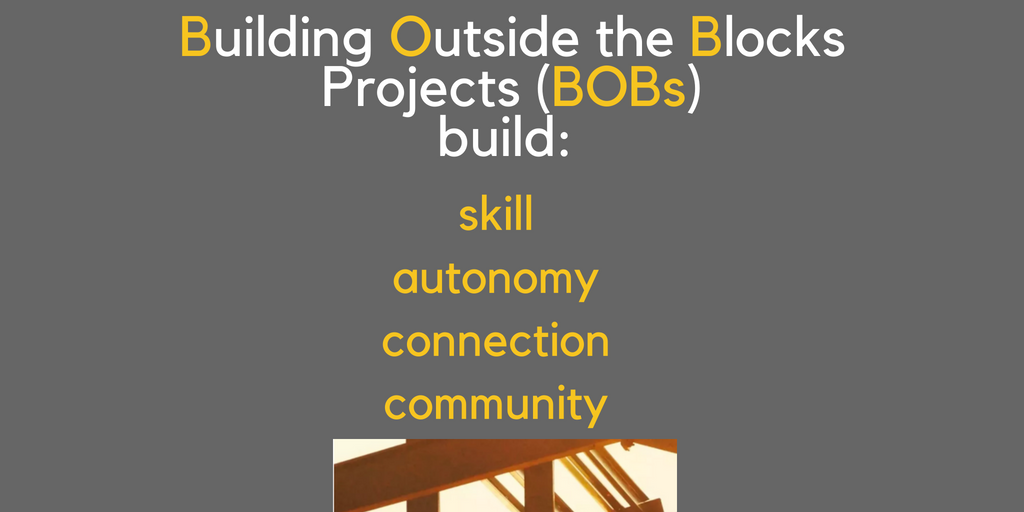
A One-Off BOB is a project that is presented in class using the BOB Approach. Students complete most of the work at home and use class time to be introduced to the assignment. Then, on their selected date in view of their teacher timeline, personal calendars and learning needs, students present their product to the class. The class is an active community of coaches providing constructive feedback and next steps to the presenters. Many projects can be tweaked to become a One-Off BOB when coupled with the approach.
Every One-Off BOB helps students build a variety of skills. While they can help students work towards achieving curriculum expectations, they can simultaneously build outside of those blocks by exploring their lives and interests using things they enjoy to help build skill and demonstrate learning.. This fosters risk taking as the community, with the support of the teacher, becomes a respectful and safe place for sharing. BOBs also help promote transferable learning skills such as communication, independent work, responsibility and initiative. All BOBs help students students find and use their voices and self-direct their learning.
A Tri-BOB is a series of three BOBs that connect to and build on each other. Each revisit of the project shares similar aspects, but a new dimension is added each time, so that skills can be built upon and deepened over time. When students complete this trilogy, the story of their learning is rich and, according to my students from a variety of grade levels, pretty amazing.
In education, three is number reflective of assessment for, as and of learning. BOBs are formative in nature, providing next steps through feedback from the active class audience, teacher feedback through rubrics, checklists and anecdotes, and student reflections that own their areas for improvement. The first in the Tri-BOB can be diagnostic, seeing where a student begins and planning for improvement on their individual learning continuum. By the second revisit, skills are improving and autonomy is enhanced. By the third iteration of a Tri-BOB, skill building has been assessed over the course of the three connected projects. With a Tri-BOB, students have the time and space to process, develop and really improve their skills.
Sometimes, you have to take a step in a new direction to really see the possibilities. Whether you begin with a One-Off BOB or dive into a Tri-BOB, there is a shift in perception that comes with incorporating this approach into your practice. A change occurs for the teacher, and the learners perceive it, too. It’s like when you finally see both sides of an optical illusion; It’s hard to go back. Creating and using BOBs has altered and improved my teaching but, more importantly, it has enhanced my students’ learning and engagement in school overall. Each project helps to see more of the whole learner so that one can do a better job teaching them and connecting with them as whole people. I have created many different projects that make a difference for students, and I am so happy to share –https://buildingoutsidetheblocks.com/bob-project-ideas.

The author

Read more

Read more

Read more
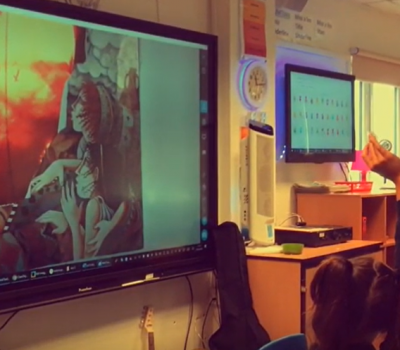
Read more

Read more
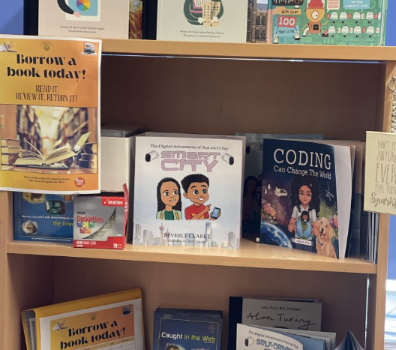
Read more

Read more

Read more


Are you looking for solutions? Let us help fund them! Nexus Education is a community of over 11,000 schools that come together to share best practise, ideas and CPD via online channels and free to attend events. Nexus also offers funding to all school groups in the UK via nexus-education.com


Established in 2011, One Education is a company at the heart of the education world, supporting over 600 schools and academies. Our unique appeal as a provider is in the breadth and synergy of the services we offer, supporting school leaders, teachers and support staff to achieve the best possible outcomes for their pupils and staff.

School Space is a social enterprise that has empowered schools for over 12 years through their profitable and hassle-free lettings services. So far, they’ve generated over £5 million in revenue for education, helping to connect over 200 schools with their local communities.


Unify is an online sales and marketing tool that allows users to create tailored personalised documents in moments.


There’s nothing special about the energy we sell. In fact, it’s exactly the same energy as all our competitors provide. But there is something special about the way we do it. Where others complicate the process, we simplify it. Where others confuse customers with hidden terms, we’re an open book. And where others do all they can to make as much money from their customers as possible, we do all we can to make as little. Everything we do, we do it differently. Our customers are a privilege. One we’ll never take advantage of.


Securus provide market-leading monitoring solutions to safeguard students on ALL devices both online and offline. We also offer a full monitoring service, where we carry out the monitoring on behalf of the school, freeing up valuable staff resources. From the smallest school to large MAT groups, Securus offers safeguarding protection for all!


Bodet Time offers dedicated solutions to education through lockdown alerts, class change systems, PA and synchronised clock systems. Improving time efficiency of the working and school day; ensuring safety through lockdown alerts; increasing communication with customised broadcast alerts.


Robotical makes Marty the Robot - a walking, dancing coding robot that makes programming fun and engaging for learners as young as 5. Our robots come with a full Learning Platform that has complete teaching resources, to make lesson planning a breeze.
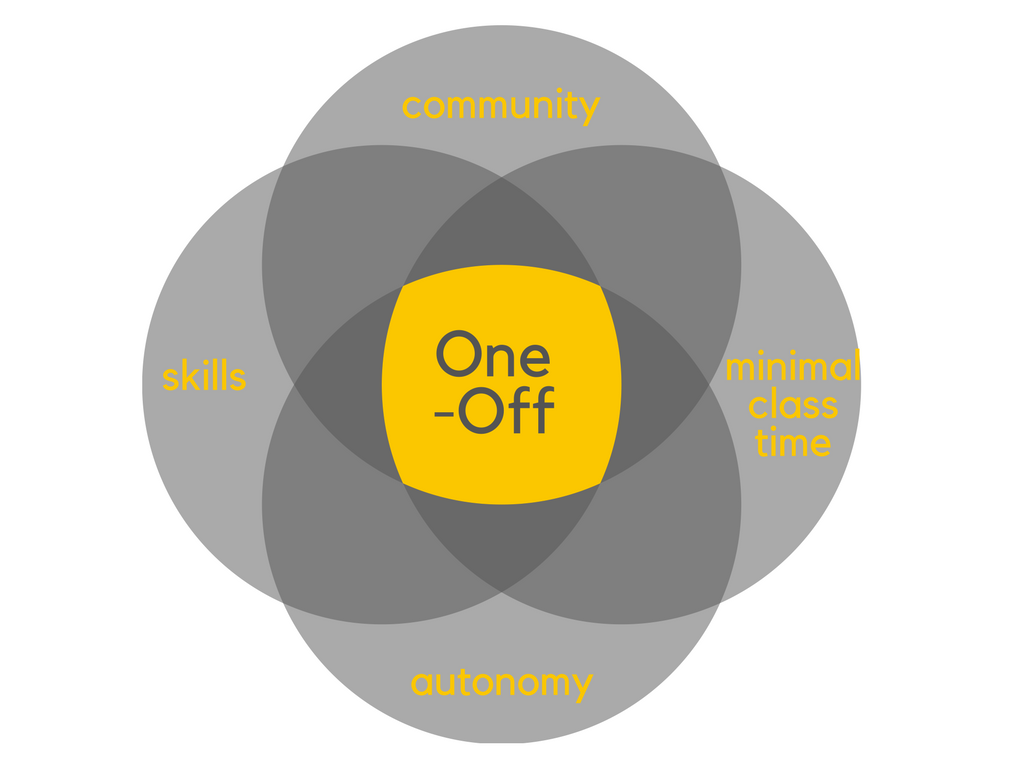
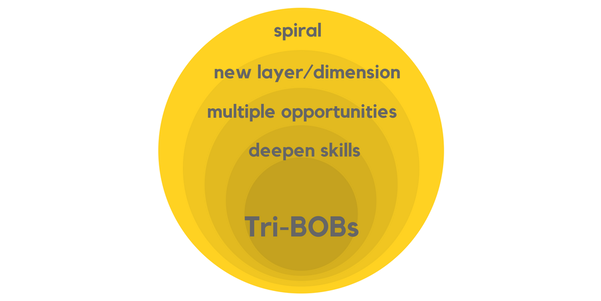
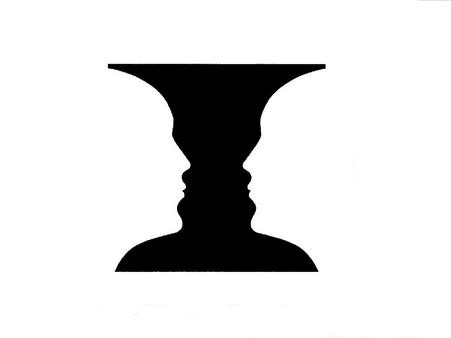
2 Replies to “One-Off and Tri-BOBs”